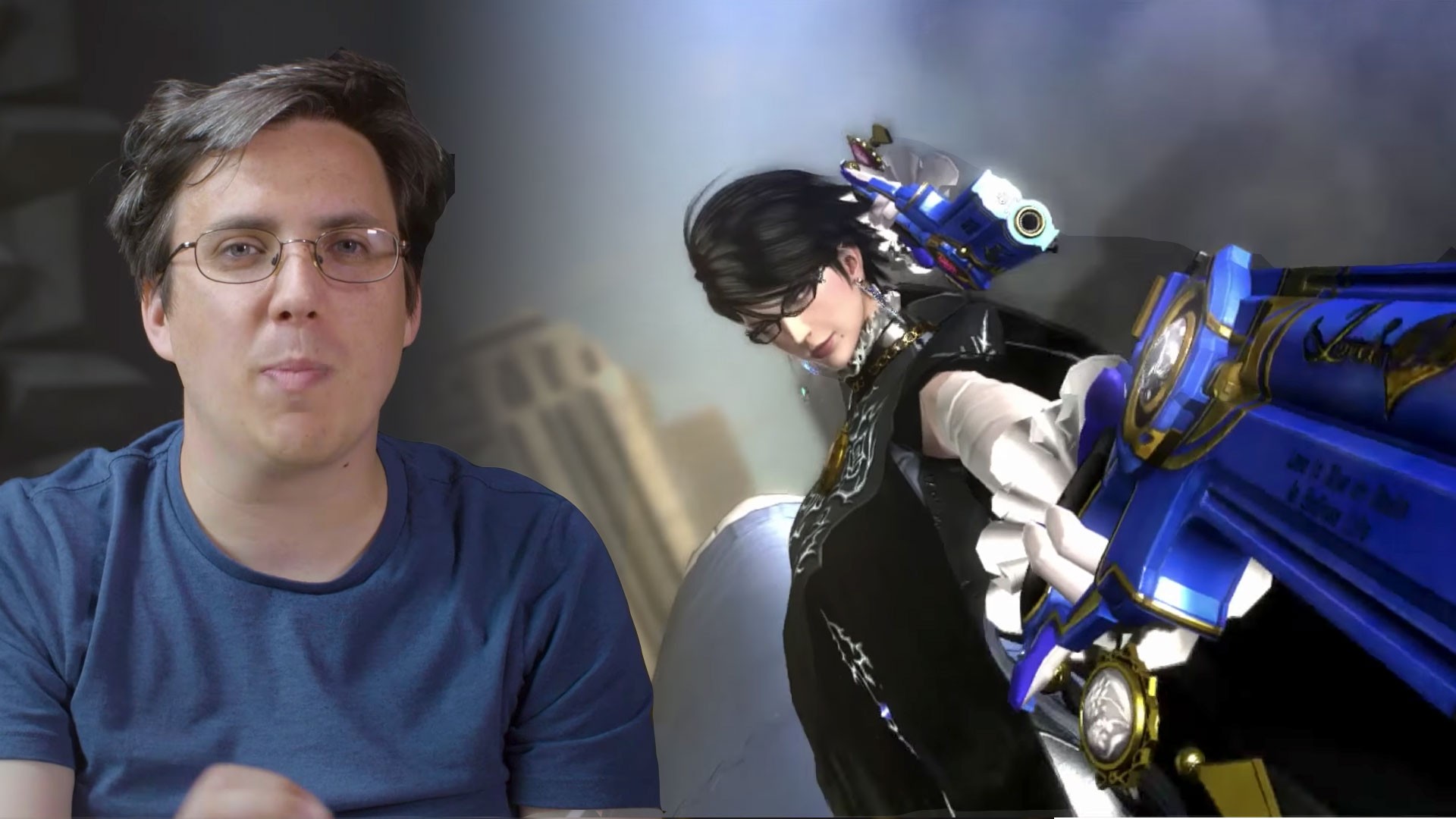Metroid: Samus Returns is looking good, damn good. A classic-style side-on adventure, a remake of 1991's Game Boy title Metroid II: Return of Samus, the September-due 3DS exclusive is bringing an old favorite back with a slick new look, additional lore set into the environments, remixed enemies, and all-new abilities for the series' Power Suited protagonist who lends both games her name.And I say all that with the confidence of having seen the game played in front of my own eyes. Here, Samus has a cool, 360-degree aiming system, which allows for off-screen shots, and the 40 Metroids spread around their home planet of SR388 can now attack other life forms and adapt their form—and as a result, their attack and defense capabilities—via the extraction of foreign DNA. There are Prime series-lifted Chozo relics where once there were only monochromatic tiles and blocks, a void in place of a plot, and Samus's new melee counter move looks to be very handy indeed for overcoming creatures that deal more damage than they did back in '91.
Advertisement
While it is a remake, Samus Returns is taking cues enough from more contemporary Metroid titles to avoid being no more than a lunge for nostalgia dollars. It's also, Virtual Console back catalogue entries aside, the first proper handheld adventure Samus has been the star of for over a decade—which is quite something, given Metroid's undisputed position as a premium Nintendo franchise.I've been playing that game, 2006's Metroid Prime Hunters, for a few hours now—I've collected a couple of its eight (obviously) Octoliths, necessary for unlocking the overall big bad, and encountered some of Samus's rival hunters, who get a neat (albeit compressed-to-hell) CGI introduction before the title screen pops up. And given that this is a DS release, a platform hardly possessing the necessary grunt for graphical polish nor the layout for standard console controls, I'm pleased that it's proving a surprisingly competent first-person shooter.Article continues after the video below

Rather than use all the face buttons, character movement and sight-aiming is achieved through a combination of the d-pad (or the circle pad, on my newer 3DS system) and the touch screen—the latter effectively serving as a console's right stick, or a mouse. Shooting is mapped to the left shoulder button, and all weapon switches and Morph Ball activation is handled on the touch screen. It's initially weird, but soon enough pretty natural—another example of Nintendo experimenting with inputs, and making players rethink the physical relationships with their consoles of choice.

Rather than use all the face buttons, character movement and sight-aiming is achieved through a combination of the d-pad (or the circle pad, on my newer 3DS system) and the touch screen—the latter effectively serving as a console's right stick, or a mouse. Shooting is mapped to the left shoulder button, and all weapon switches and Morph Ball activation is handled on the touch screen. It's initially weird, but soon enough pretty natural—another example of Nintendo experimenting with inputs, and making players rethink the physical relationships with their consoles of choice.
Advertisement
But, in no time at all, the system can become uncomfortable. There's just so much going on, on the touch screen, and your hand is forever clawed into action. Aiming, scanning, morphing, double-taps for jumping (and there are plenty of platforms that necessitate careful positioning), the usual saving and moving around the four main locations in the game's setting, the Alimbic system. Being able to save wherever would have been great, to better break up the play time, but you can only do that manually back at Samus's ship. Expect cramp if you're settling down for a prolonged Hunters session, basically.And is that discomfort worth it? As an example of a developer, in this case the stateside first-party studio Nintendo Software Technology, pushing its targeted platform to go above and beyond expectations, absolutely. Hunters' visuals might be a bit on the blocky side, more N64 of appearance than the then-contemporary Wii, with assets reused liberally (just, y'know, sometimes wheeled out in a new color); but it's a wonderfully atmospheric game, tight space station corridors and lava-surrounded landing zones alike feeling oppressive, dangerous.
'Metroid Prime Hunters' artwork, showing the game's other hunters, courtesy of Nintendo.
Each new area begins with tentative steps forward, slow movement, as you get a grasp of the layout, and the enemies in each room or opening. Then, after each boss—mutant alien penis or gigantic boggling eyeball (again, they repeat)—Samus has to leg it. Obviously she does, this is Metroid. The countdown's on and the first time it all kicks off, in Hunters, the panic is palpable—especially because there are all-new enemies between Samus and her ship, now. (Hunters actually features the most countdowns of any Metroid game, nine in total.)
Advertisement
As you play through the plot—sketchy, but then, Hunters was designed foremost as a multiplayer game (the servers for which were turned off in May 2014, but you can experience its various modes still, with bots)—Samus runs into a sextet of fellow hunters, all of whom have their own reasons for seeking the various artifacts spread around the Alimbic system. Each is a boss battle to begin with, each possessing individual means of dishing out no little damage. Later, they can be encountered randomly, and defeating them (at any time) means them stealing one of the Octoliths you've picked up so far, which you have to retrieve after another firefight.
This rivalry isn't really made the most of in Hunters' slim story, but the six other characters—who were available to play as in multiplayer matches—do have a vital part to play come the game's climax, he says having read ahead in that respect. I can't say I'll definitely make it that far, but I am enjoying my experience so far, throbbing forearm aches aside.What you definitely won't find in Hunters is any actual Metroids, whatsoever. I'm not sure if that makes it unique in its franchise—probably—but it's another way in which this Metroid stands apart from the Prime series it's spun-off from. It doesn't fit into the Prime continuity at all; it just exists, orbiting the GameCube and Wii releases, this strange satellite of innovation. And it wasn't just forward thinking with its DS control scheme—Hunters was the first Metroid to send Samus to different planets in the same campaign, and it was also the first that included online multiplayer functionality. On a handheld, before a home system. Bold.The shortcomings of Hunters—the cramp, mostly, but there's also repetition to contend with, especially with those carbon-copy boss encounters—won't be replicated by Samus Returns. That's a wholly different experience, one that reflects gaming's obsession with reviving the past but that is also actively looking to engage those excited by the incoming Metroid Prime 4 and who've maybe dabbled in previous Prime series entries.Yet Samus Returns, as great as it looks, is very much As Expected—yes, there are additions, updates, extras, but the game is Metroid as you already know it, for the most part. Hunters on the other hand, back in 2006, really wasn't. Even today, played on a "New" 3DS, you can feel the original ambition spilling from the seams. And on that level, with failures acknowledged, it still commands respect.Related, on Waypoint: One Man's Decade-Long Quest to Remake 'Metroid II'
